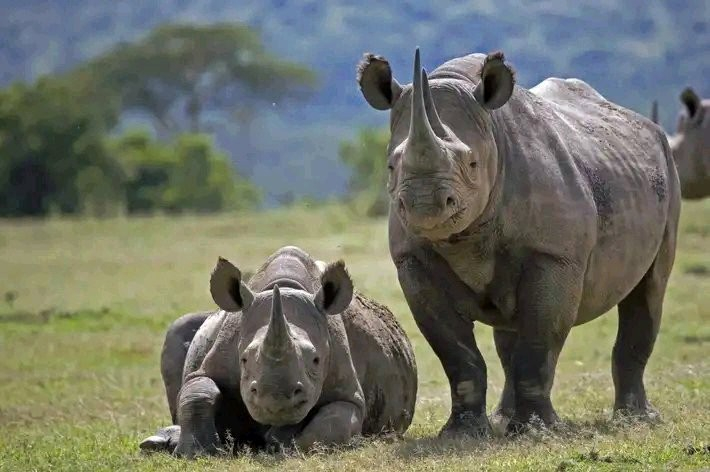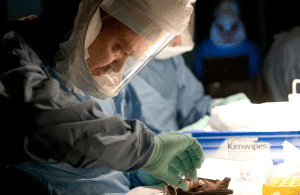Ghana Trends Blog of Wednesday, 18 January 2023
Source: Ghana Trends
Main reasons why rhinos are transported upside down using a helicopter

The Kenyan wildlife services are legally allowed to move animals between reserves. Drought, security performances, and illness are just some of the major factors that could prompt them to decide to transport the animals.
Transporting these animals required a variety of methods. They rely primarily on truck and helicopter transport.
When rhinos are being transported by helicopter, one of the most striking features is that the animals are suspended upside down using ropes.
In this piece, I'll explain the reasoning behind this method of transporting animals.
Based on his findings, Doctor Robin concludes that the animal's cardiovascular system and respiratory systems are well-adapted to the stresses of flying in an inverted position.
Positional effects on blood flow occur when a rhinoceros is rolled onto its side.
Due to the effects of gravity, oxygen-rich blood is unable to reach the respiratory system's gas exchange regions.
So, the rhinoceros' lung is perfused equally on both sides when it is hanging upside down, just as it would be if it were standing upside down.

As a result, the animals' leg muscles are not overworked and they are spared any discomfort.
Their sole sensation is the strap tightening around their ankle.











